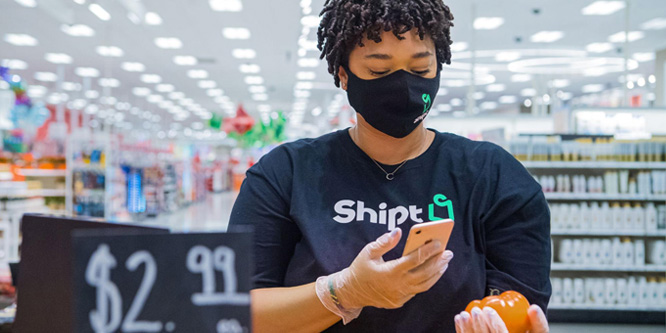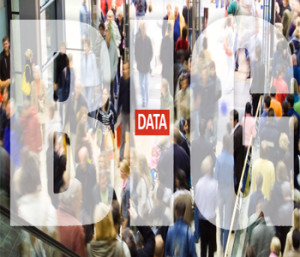JUST WHEN YOU THOUGHT the retail media conversation couldn’t get any hotter, we hear high-profile executives from the largest Retail Media Networks (RMNs) and their technology suppliers on podiums and podcasts talking up a glorious future for brand advertisers.
RMNs were a recurring theme at last September’s Groceryshop event in Las Vegas and this month’s NRF ’24 Big Show in New York promises no fewer than 24 sessions on “Retail Media” topics. No wonder – the take from retail media sales this year is projected to reach $52 billion in the U.S. market alone, according to Coresight Research.
RMNs are retailer-owned digital and in-store channels which convey messages and offers to shoppers from CPGs and other third-party businesses. They have exploded in popularity over the past few years, due to the added revenue they can attract for retailers and the personalized audiences they can deliver to advertisers.
Right now, big RMNs wield heavy clout when it comes to scooping up those alternative revenues. The most prominent – Kroger Precision Media, Walmart Connect, Albertsons Media Collective, Target Roundel, Dollar General, Instacart – can deliver audiences in the tens of millions or more. These certainly boast wide geographic coverage that is important for brands.
It’s easy to be dazzled by the scale of those audiences and the purported advertising efficiencies and targeting capabilities of their networks. Savvy advertisers must also recognize that sheer, provable reach is only the first piece of the puzzle.




